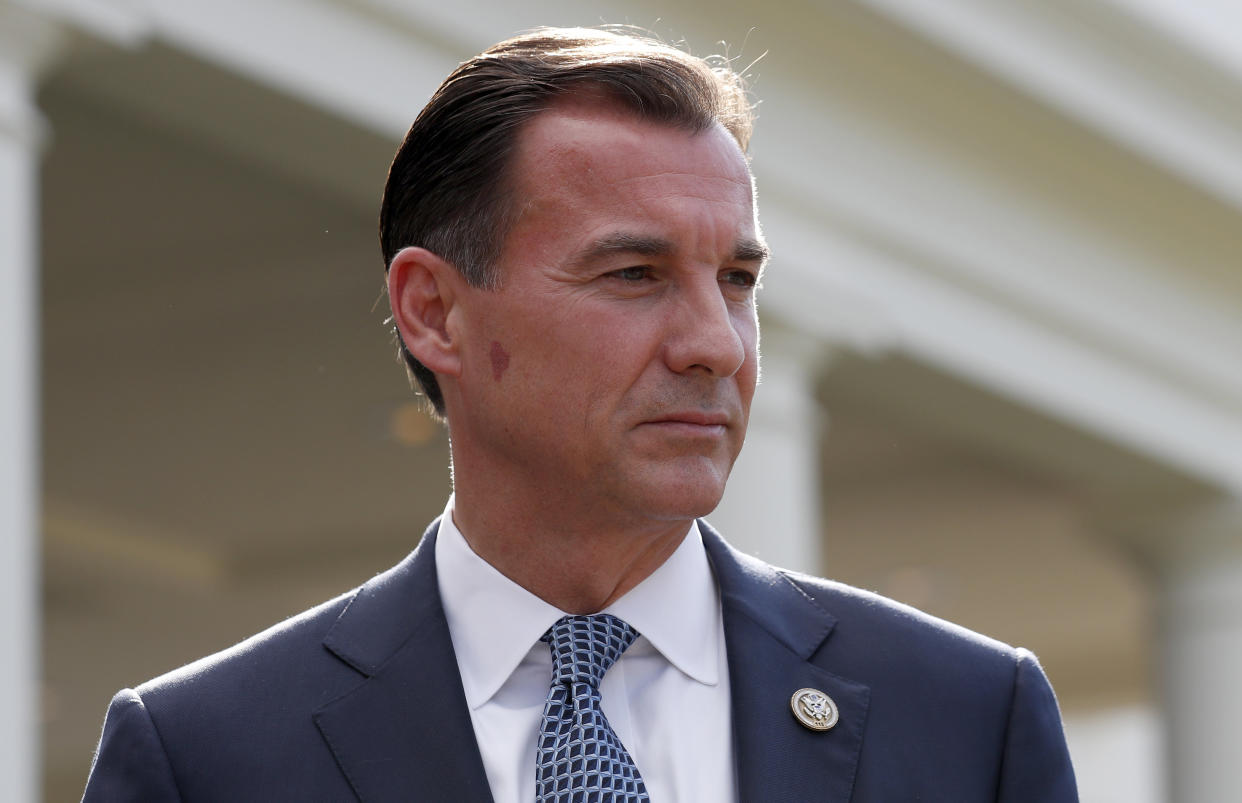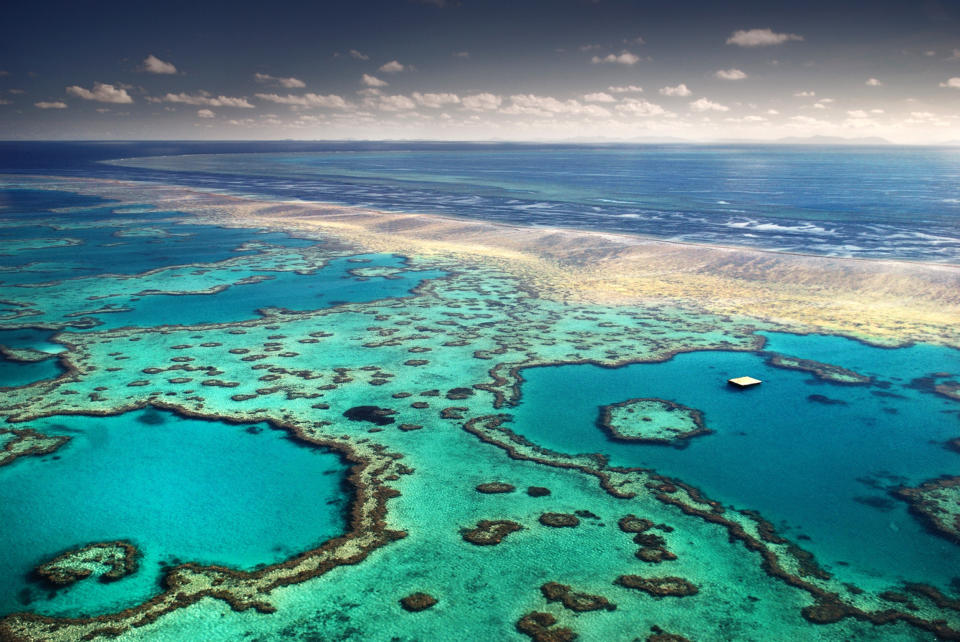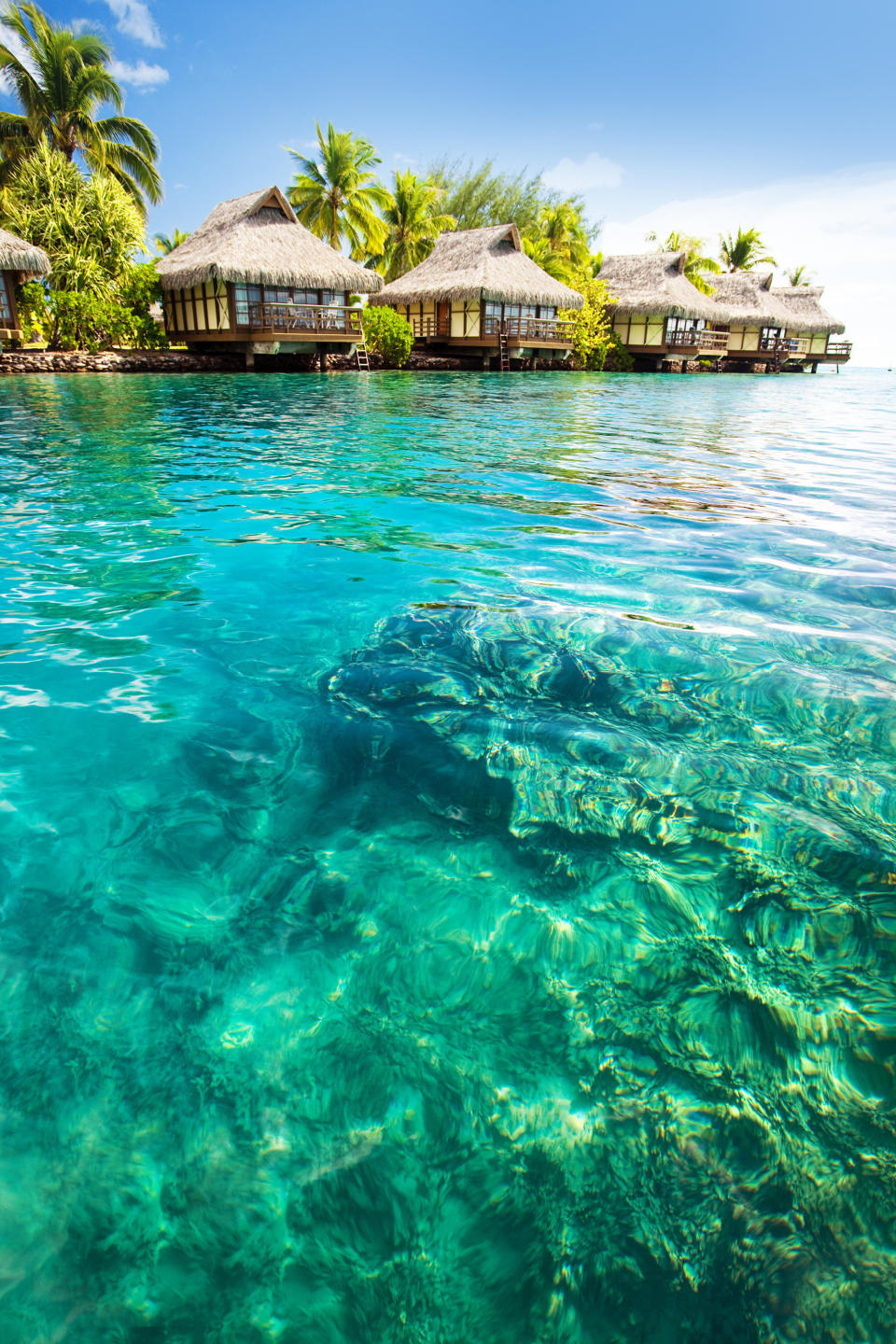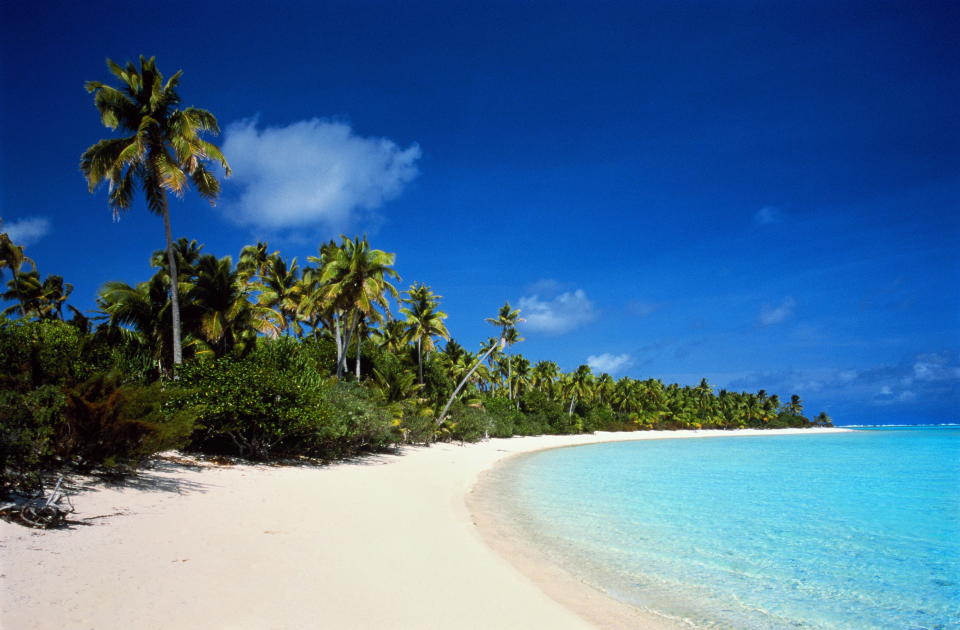Tom Suozzi, Moderate Democrat On Powerful Economic Committee, Backs Green New Deal

Rep. Tom Suozzi (D-N.Y.) is backing the Green New Deal.
On Monday the moderate Long Island Democrat told HuffPost he plans to add his name to the nearly 70 House Democrats co-sponsoring the sweeping resolution that Rep. Alexandria Ocasio-Cortez (D-N.Y.) and Sen. Ed Markey (D-Mass.) released last Thursday.
“Rep. Suozzi supports the Green New Deal,” said Jay Bhargava, Suozzi’s press secretary.
Suozzi’s support is notable because he occupies a seat on the influential House Committee on Ways and Means, the oldest congressional decision-making panel, with jurisdiction over taxation, international trade agreements and social insurance programs like Social Security, Medicare and unemployment benefits.
The joint resolution stakes out an ambitious agenda for any Green New Deal legislation, calling for eliminating greenhouse gas emissions from every major sector of the economy, providing clean energy jobs to millions of Americans and vastly expanding the social safety net.
Suozzi is also the vice chair of the bipartisan Problem Solvers Caucus, meaning he could help woo Republican support for a Green New Deal.
In November, when Ocasio-Cortez championed a resolution to establish a select committee in the House on a Green New Deal, Suozzi supported the effort. He called the project “daunting” but said in a Facebook post, “The real question is, can we afford not to enact the Green New Deal?”
The Green New Deal resolution, outlining the core tenets of what should be included in future legislation, arrived to considerable fanfare, dramatically shifting the terms of the climate policy debate away from carbon pricing schemes toward the kind of aggressive government action scientists say matches the scale of the problem.
The resolution ran into some controversy in the days that followed. Ocasio-Cortez’s office released the resolution to reporters on Wednesday night with a separate FAQ document that seemed to contradict some aspects of the resolution, including taking stances on nuclear energy and farming emissions that didn’t appear in the official document. She tweeted Saturday “a draft version that got uploaded + taken down,” but questions remain.
Yet the speed with which Democrats are lining up to support the resolution anyway speaks to the crisis it aims to address. A large contingent of the New York delegation already co-sponsored the resolution, and districts like Suozzi’s, which stretches along the North Shore of Long Island from Queens into Suffolk County, face catastrophic risks from sea level rise and more violent storms.
It also speaks to the popularity of the Green New Deal’s stated goals. In a poll released in December, 81 percent of surveyed registered voters said they support its aims — including 64 percent of Republicans and 57 percent of conservative Republicans. A survey from this month found a narrow majority of voters supported raising taxes to fund a Green New Deal.
In January a majority of Democratic voters polled in New York’s 4th Congressional District, which stretches along the opposite shore of Long Island from Suozzi’s, said they would support a primary challenger to moderate Rep. Kathleen Rice if she did not support a Green New Deal. A spokesman for her did not immediately respond to an email asking if she would join Suozzi in backing the resolution.
“It’s great to see so much support for the Green New Deal,” said Waleed Shahid, a spokesman for the left-wing group Justice Democrats, which has pushed the resolution. “It’s incredible what just a few primary challenges can accomplish for saving our economy and planet for working people in this country.”
This story has been updated throughout.
Related Coverage.
Alexandria Ocasio-Cortez Unveils Landmark Green New Deal Resolution
Green New Deal Resolution Poised To Shake Up Democrats' Foreign Policy Debate
The Republican Assault On The Green New Deal Begins
Also on HuffPost
Alaska

Venice

Antarctica

The Great Barrier Reef

The Himalayas

The Maldives

The Alps

The Arctic

Micronesia and Polynesia

Love HuffPost? Become a founding member of HuffPost Plus today.
This article originally appeared on HuffPost.

